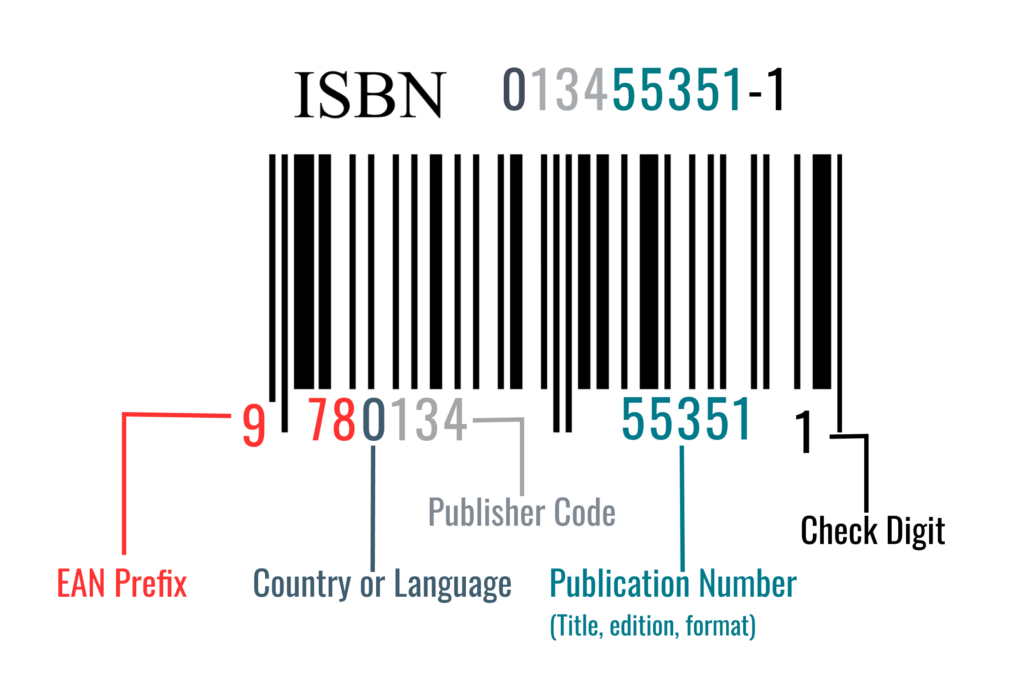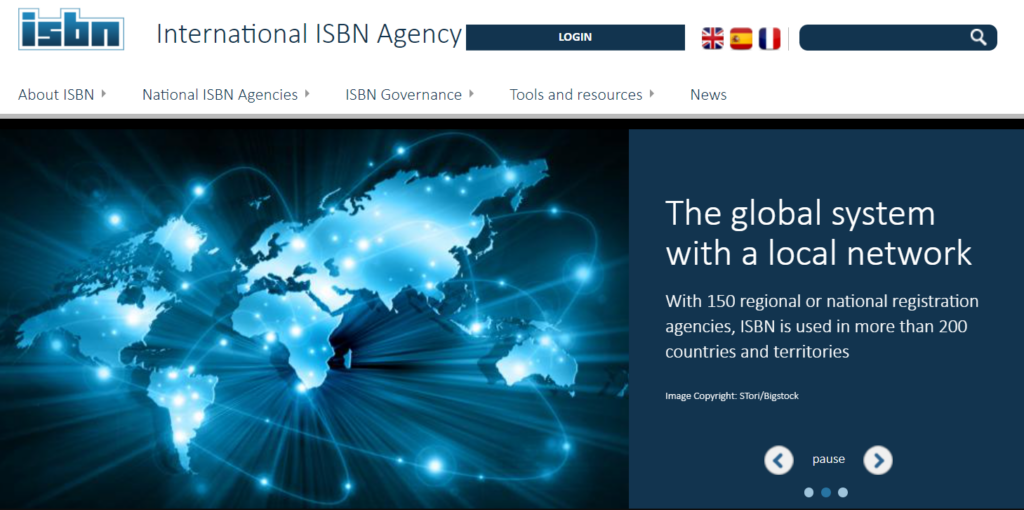
In the publishing industry, each book is given a unique identifier called the ISBN (International Standard Book Number). This code acts as a digital fingerprint, simplifying cataloging, distribution, and sales tracking. The ISBN system assigns meaning to the numbers, providing a range of information about the book.
As the publishing industry progresses, so does the ISBN system. It has transitioned from a 10-digit to a 13-digit format and now includes a 979 prefix to accommodate the diverse range of published materials. This blog post will explore what an ISBN is, how it came about, and its role in simplifying the complex world of books and publications.
- What Does ISBN Number Stand for?
- Where Is the ISBN on a Book?
- What Does ISBN Mean?
- What Is the Format of the ISBN?
- What Is the ISBN-13 Format?
- What’s the Difference Between 10-digit and 13-digit ISBNs?
- What Is the 979 Prefix?
- When Did ISBN Start?
- How to Get an ISBN Number?
- Does Every Book Have an ISBN Number?
- Are Different ISBNs Used if a Book Appears in Different Languages?
What Does ISBN Number Stand for?
An ISBN is an International Standard Book Number, a series of numerals unique to each published book. The numbers within an ISBN carry important information about the book, such as its title, author, edition, and publisher.
As we’ve already said, this identifier is assigned to books and other publications to facilitate cataloging, distribution, and sales. And the overall ISBN system helps streamline the process of managing books within the global publishing industry. If the original book were a hardcover, a paperback would have a different ISBN, as would a following edition and an ebook. But a reprinted book has the same ISBN.
Where Is the ISBN on a Book?
The ISBN is typically found on a book’s back cover, paired with a bar code.
What Does ISBN Mean?
An ISBN is not a collection of random numerals. You can separate the numerals into different parts to understand the labeling process.
What Is the Format of the ISBN?
An ISBN is typically composed of either 10 or 13 digits, separated into groups by hyphens or spaces. The digits are divided into different segments that hold specific meanings. Since 2007, the ISBN in the U.S. features 13 numerals.
What Is the ISBN-13 Format?
The ISBN-13 format is divided into five parts:
- The prefix element recognizes that it’s an ISBN (the current prefix is 978 or 979).
- Registration group signifies the registration group, representing a geographic region, language, or a specific country. (“0” designates that the book was published within the United States, while “1” signifies that the book originated from another English-speaking country.)
- The registrant element identifies the specific publisher or imprint.
- The publication element identifies the specific title, edition, or format of the publication.
A check digit is calculated using a mathematical formula to ensure the validity of the ISBN.
What’s the Difference Between 10-digit and 13-digit ISBNs?
ISBN-10 and ISBN-13 indicate how many digits are in the ISBN and are two separate systems for identifying books. Before 2007 there were only 10 digits; thereafter, 13-digit ISBNs were used and created to increase the availability of ISBN numbers worldwide.
The ISBN transitioned from a 10-digit format to a 13-digit format to accommodate the increasing number of books and other published materials. The change was made to align with the Global Trade Item Number (GTIN) system, which is used for various products, not just books.
The 13-digit ISBN provides more unique combinations, allowing for more efficient cataloging and tracking. Bowker provides a conversion tool that allows publishers to transition their existing 10-digit ISBNs to the 13-digit format.
What Is the 979 Prefix?
The U.S. ISBN Agency has been assigning the 978 prefix to 13-digit ISBNs since 2007. However, blocks of ISBN-13s built on existing ISBN-10s are exhausted. So, as of 2020, the U.S. ISBN Agency has begun assigning ISBNs starting with the prefix element 979. According to the International ISBN Agency, “The introduction of ISBNs from the 979 ranges is necessary to increase the available inventory of some ISBN block sizes.”
When Did ISBN Start?
The ISBN system used today in the U.S. features 13 digits, but that wasn’t always the case. In 1965, Gordon Foster, a statistics professor at Trinity College in Dublin, created the Standard Book Number system using nine numerals. In addition, Englishman David Whitaker and Romanian Emery Koltay tacked on another numeral.
The International Organization for Standardization (ISO) Technical Committee on Documentation (TC 46) convened a meeting of member countries in 1968. The meeting explored the idea of making the Standard Book Number international. They held subsequent meetings with member representatives from the ISO, and in 1970, the ISO approved the International Standard Book Number.
How to Get an ISBN Number?
In every country, a designated agency issues ISBNs. However, all of them are administered by the London-based International ISBN Agency. These agencies are responsible for managing and distributing ISBNs to publishers, authors, and other entities involved in the production and distribution of books.
In the United States, R.R. Bowker (ISBN.org by Bowker) issues the ISBNs for works published here. Emery Koltay worked to make Bowker the U.S. issuing agency and continued with the company until his death in 2012. In the U.S., registering a single ISBN may cost $125, and all registered titles are listed in Bowker Books in Print.
Does Every Book Have an ISBN Number?
Every book published in the United States since 1970 carries an ISBN. Books published before that decade may have Standard Book Numbers, or, unfortunately, they may have no identifying numerals at all.
Are Different ISBNs Used if a Book Appears in Different Languages?
Yes, different ISBNs are typically used if a book appears in different languages or if there are regional variations of the same book. This helps distinguish between various editions, translations, and versions of the publication. For instance, an English book and its translated version in Spanish would have different ISBNs, even if the content remains the same.
Conclusion
As you can see, ISBNs play a crucial role in the publishing industry by providing a standardized way to identify and track books. With the transition from 10-digit to 13-digit ISBNs and the addition of the 979 prefix, the efficiency of cataloging and distribution processes has improved even more. Establishing the ISBN system took years; however, nowadays, it’s impossible to imagine a book that doesn’t have an ISBN.





